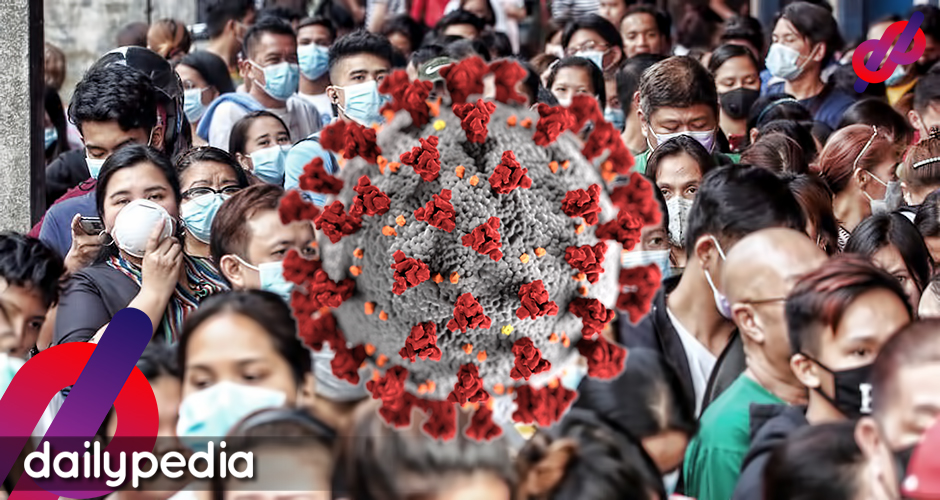Our daily COVID-19 case count may have spiked since the transition to a general community quarantine (GCQ), but a member of the UP OCTA Research Team says we might see a flattening of the curve as early as the end of August or September.
In an interview with DZMM TeleRadyo, Dr. Guido David said the virus’s reproduction rate, i.e. the number of people infected by COVID-19 carriers, has gone down to 1.1 from 1.5. This came after Metro Manila and nearby provinces were placed on a two-week modified enhanced community quarantine at the behest of health care workers.

A reproductive rate of “1” means COVID-19 cases will continue to rise; anything below that means case numbers will start to go down.
He also points out the lessons we can take from what happened in Cebu. Cebu’s daily COVID-19 case count dropped to less than 80–from more than 300 cases a day—after being placed under enhanced community quarantine.
David, however, errs on the side of caution and asks people to remain vigilant and continue to practice minimum health standards. “Flattening the curve does not mean we have overcome the pandemic.”
UP OCTA Research predicted that we will see at most 230,000 cases by the end of August. As of 4 pm today, the Department of Health (DOH) has recorded a total of 194,252, with 4,686 new cases added today.
Malacañang has welcomed the development. For now, Presidential Spokesperson Harry Roque said he will defer any congratulatory remark for the nation. “We will reserve whether or not we will congratulate the Filipino people anew or better luck next time.”
Lackluster or late government efforts
The government has been doing its part to try and “flatten the curve”, i.e. reduce the number of cases recorded per day to a manageable level though netizens have said it isn’t enough.
Daily reminders telling people to wear face masks—and more recently, face shields—and practicing social distancing when going out fill our social media feeds.
The DOH launched a hospital referral system called One Hospital Command on August 6. It looks to decongest hospitals that can accept COVID-19 cases.
The 18th Congress just passed Bayanihan to Recover as One Act, or Bayanihan 2, which seeks to help badly hit industries recover from the effects of the pandemic. The P165.5-billion stimulus plan will also cover funds to compensate medical frontliners and buy medical supplies to better equip the health sector in its bid to test, trace, and treat those suffering from COVID-19.
The bill now needs President Rodrigo Duterte’s signature to become a law—timely, considering that DILG Secretary Eduardo Año asked Senate President Vicente Sotto III and Senator Juan Miguel Zubiri for P5 billion to hire and train an additional 50,000 contact tracers starting September.
Empowered LGUs and concerned citizens
Meanwhile, local government units and concerned citizens continue to maximize the resources they have to deal with the crisis.
Food delivery services in Metro Manila received a big boost as MMDA General Manager Jojo Garcia said restaurants and fast food chains have been allowed to do deliveries 24/7 as of August 20.
Former volleyball player Gretchen Ho recently launched a campaign on social media where she will give away 500 bikes to deserving frontliners who have no means of getting to work. She has already given one of those bikes to 18-year-old GrabFood rider Kean Ramos, who uses rollerblades to complete his deliveries.


